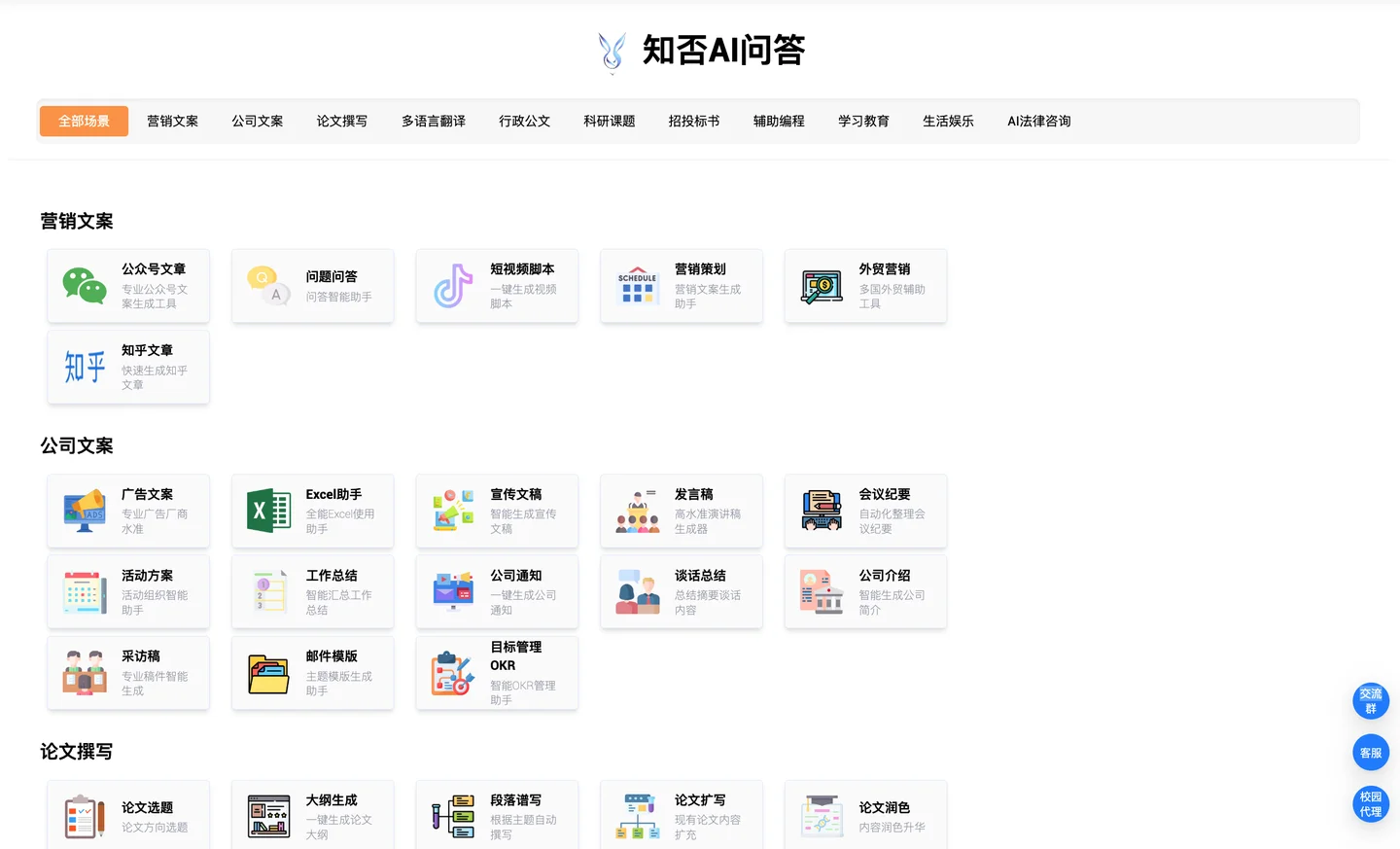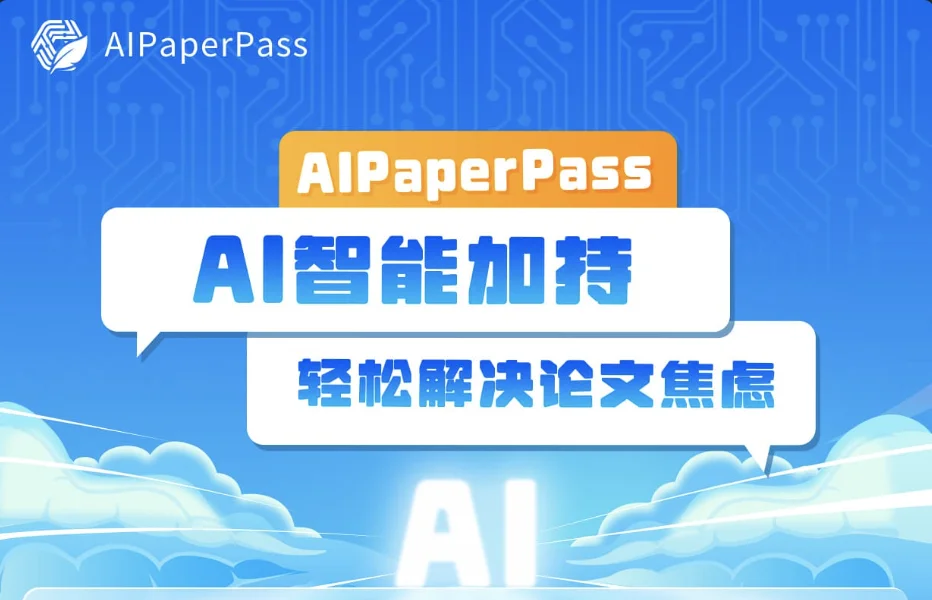ChatGPT has been on the rise since its introduction. It completely changed how everyone, including developers, uses AI. This chatbot has significantly improved numerous areas, such as precise search results, enhanced human skills, and most importantly, coding.
Due to ChatGPT’s widespread use around the world, it can become overloaded, resulting in lengthy wait times before it’s available for use. Also, it has trouble generating long-form, structured code snippets. Its knowledge is also limited to 2021.
To help with this, we have compiled a list of the top ChatGPT alternatives that are best suited for coding and the needs of developers. Each alternative is discussed alongside its benefits, features, limitations, and pros and cons.
1. ChatGPT+ (GPT-4)
This is the latest AI model from OpenAI, the developers behind ChatGPT. GPT-4 is an upgrade to GPT-3.5, which are both chat-based LLMs built in ChatGPT. GPT-4 outperforms GPT-3.5 in producing more human-like responses, recognizing content in images, and even completing more challenging tasks accurately.
The GPT-4 model is trained on a larger amount of data than GPT-3.5 and supports a variety of popular programming languages. Also, you can use an extension like GitHub Copilot to access GPT-4 within an IDE.
We discovered that GPT-4 is quite intelligent and fast when used for programming tasks; it finds solutions to problems in under two minutes that would take an average developer several minutes to figure out and perhaps hours to write the code. GPT-4 can turn a rough design sketch into a simple, functioning website, debug code quickly, and analyze code snippets for security vulnerabilities.
The only restriction at the moment is that using GPT-4 requires a $20 monthly subscription to ChatGPT Plus, so it is not free to use.
| Pros | Cons |
|---|---|
| Available when ChatGPT is busy | It is not free |
| superior to ChatGPT’s free version | |
| Supports over 15 native languages |
2. GitHub Copilot and Copilot X
This is an “AI Pair Programmer” developed by GitHub and powered by OpenAI technology. It is an excellent AI tool for developers because it is a generative trained model that was built using trillions of lines of code from GitHub public repositories.
Using machine learning, it auto-completes your code based on context, such as comments, variable names, and the code structure. GitHub Copilot works as an extension in code editors with support for various programming languages like JavaScript, TypeScript, Python, and Go.
GitHub recently introduced a new version of Copilot called Copilot X, which is powered using the new GPT-4 model. It provides new features like AI chat assistance, pull request support, test generation, and even inbuilt CLI functionality, all of which work directly from an IDE.
However, GitHub Copilot’s code suggestions are not always accurate, as it occasionally suggests long-form codes when a clearer, shorter one exists, or even deprecated codes.
GitHub Copilot offers a 30-day free trial to test out the AI, after which you pay a subscription fee. It is free to use, however, for students, teachers, and people who maintain well-known open-source projects.
| Pros | Cons |
|---|---|
| Developed by GitHub | It is not free for everyone |
| Accessible through Code Editors | Doesn’t support a wide range of languages |
3. OpenAI Playground
OpenAI Playground is more of a demo version of ChatGPT but packed with lots of features that can be modified with ease. Its neural network is larger than ChatGPT’s, making it a more advanced AI tool for developers.
A variety of adjustment options are available in the OpenAI Playground, including setting the model type, frequency penalty, token count, loading presets, etc. As a developer, if you’d like to work with the OpenAI API, then the Playground is an ideal place to test out the AI features before integrating it into your app or website.
Given that it uses the same OpenAI technology as ChatGPT, it is just as accurate and effective at answering and resolving coding-related questions.
The one core limitation it has compared to ChatGPT is that it is not free. When you first access the OpenAI playground, you’re given a free trial credit of $18 that you use when prompting the AI. The free credit expires when you use it all up or after 3 months. After that, you won’t have access to the playground unless you purchase additional credits.
| Pros | Cons |
|---|---|
| Extra tweaking options | It is not entirely free |
| API available | Only available in English |
4. Bing AI
Microsoft finally found a powerful strategy for challenging Google’s search engine. Bing is now more advanced than traditional search engines, thanks to Microsoft’s integration of AI capabilities trained by OpenAI.
What makes Bing AI stand out in this list is its ability to provide valid, up-to-date code results and cite sources for additional reading.
Additionally, it produces any additional prompts you might require automatically when you ask questions. For instance, when we asked for a JavaScript function that makes use of the map array method, it asked whether we would prefer to use any other array methods to address the issue.
Additionally, it runs on GPT-4 and supports image generation on the fly, and the ability to create dummy images for use in projects can be helpful for developers.
The limitation is that there is a cap on how many prompts you can give the AI in one session. In order to use the AI, you may often find yourself establishing multiple sessions.
Bing AI is currently available for free, and like Google, it’s likely that Microsoft will keep providing users with this AI service for free.
| Pros | Cons |
|---|---|
| Created by Microsoft | Limited prompts per session |
| Free to use | |
| Runs on GPT-4 |
5. Amazon CodeWhisperer
Amazon CodeWhisperer is similar to how GitHub Copilot works in that it uses AI to suggest code snippets as you type. CodeWhisperer is, at the time of writing, in an unreleased state.
CodeWhisperer is an AI tool that has been trained using a variety of open-source code and code found in Amazon libraries. As a result, it functions incredibly well for developers who work with Amazon services. Although this doesn’t limit its capabilities to only Amazon, it has been tested and performs remarkably well with some programming languages like JavaScript, Python, and Java.
Like GitHub Copilot, you’ll need to access CodeWhisperer through IDEs like JetBrains, VSCode, etc. in order to use it. Once you’ve connected it to your IDE, it will examine the context of your code and suggest potential code that you might want to type. Without leaving your code editor, it’s an efficient way to deal with potential bugs and improve performance issues.
Currently, CodeWhisperer is free since it is still in the preview stage. However, there’s no information on whether it will remain free after its official release.
| Pros | Cons |
|---|---|
| Free to use | Supports few programming languages |
| Accessible through code editors | Suggestions can be innacurate |
| Created by Amazon |
6. ChatSonic
This is a large-scale, trained model for dialogue response generation that works similarly to ChatGPT. The platform behind this AI chatbot has dubbed ChatSonic the “ChatGPT Alternative Built With Superpowers”.
ChatSonic supports a variety of exceptional features, such as up-to-date code results, voice text-to-speech, and even image generation.
We used ChatSonic to run a number of coding tests, and it did incredibly well. It provided straightforward explanations for many code-related issues and fixed bugs. The limit input for querying the chatbot is 4,000 words per input.
But, in contrast to ChatGPT, we found a few limitations during our testing. For example, the UI is not as good and simplistic as ChatGPT’s, and it is crowded with too much information, giving little space to see the AI outputs. Also, the response speed isn’t as fast as ChatGPT and, although it remembers conversations, it is not effective after about 3–4 inputs.
You can try it out for free before buying the paid version, to see how it works. There are 10,000 free words included in the trial, after which you must upgrade to the paid version.
| Pros | Cons |
|---|---|
| Up-to-date code results | Requires a subscription |
| API available | Clustered interface |
7. Tabnine
Tabnine was among the first to introduce auto-suggestion of code snippets in an IDE, similar to how GitHub Copilot works.
Because Tabnine AI has been trained on so many open source programs, it can make code suggestions based on the context of your project. As a plus, developers can train and customize their own AI models within Tabnine.
The intriguing thing about Tabnine AI is that it can run not only on IDEs but also on your computer, in the cloud, on a server, and even offline. This alone makes Tabnine stand out from other AI tools.
Tabnine works with many IDEs, including VSCode, Sublime, Vim, Android Studio, etc., making it one of the most adaptable generative AI tools on this list. Developers actively coding in a variety of popular programming languages, including JavaScript, Python, TypeScript etc would find this tool useful.
Despite its capabilities, Tabnine AI, unlike ChatGPT, is still unable to recommend precise code snippets. It has not been trained on as much data as ChatGPT, which may be the cause of this.
Both free and paid plans are available from Tabnine; $20 a month is the cost of the paid plan, which grants access to more features.
| Pros | Cons |
|---|---|
| Accessible through code editors | Code suggestions may be incorrect |
| Runs on more environments | |
| Free version available |
8. Rix
Rix is an AI chatbot designed specifically for developers and a great alternative to ChatGPT. Hashnode, a blogging platform for developers, built Rix.
Hashnode continually trains the AI model with the most recent data on well-known open-source projects. It provides significant programming solutions with citations, making it a useful tool for developers looking for quick fixes to coding issues.
The AI-generated code can be directly executed on the platform thanks to a useful feature. By enabling developers to test their code without leaving the AI chatbot, this feature may help save time.
It supports a wide range of programming languages and frameworks, including Python, NextJS, TailwindCSS, React Native, and many more. Hashnode offers specialized training for each programming language.
The apparent downside is that it is not as powerful as other alternatives on this list, and it sometimes fails to adequately explain some programming questions.
| Pros | Cons |
|---|---|
| Free to use | Not as accurate as ChatGPT |
| Can run code within the chatbot |
9. Askcodi
This AI tool is also fueled by OpenAI, trained using publicly-accessible source code, and built for developers of all levels. This allows it to have a deep understanding of various programming languages.
AskCodi has the distinctive ability to be completely integrated with almost every facet of software development. It has specific sections for frontend use, backend use, code documentation, explanation, testing, and much more.
This chatbot is really well made for developers, as it supports a wide range of programming languages and frameworks, from the popular ones like JavaScript to the lesser-known ones like LUA.
The limitation of AskCodi is that it provides only 100 free tokens for each prompt each month. If you should exhaust all of these tokens before the end of the month, you have to upgrade to the paid tier or wait until the following month.
| Pros | Cons |
|---|---|
| Accessible through code editors | It is not entirely free |
| Supports native languages | Slow response speed |
10. Google Bard
Google has also rolled out its own AI chatbot called Bard. Bere are a few things we do know: Bard is built on a modern, research-based large language model (LLM), which is an organized and upgraded version of PaLM2. The model is based on Google’s in-depth knowledge of reliable information sources.
Because Bard is still in its early stages compared to other alternatives like Bing or ChatGPT, it is less efficient at analyzing code for developers. Some code can be accurately explained, but not all. For more, see Google Bard FAQ,
Given Google’s capabilities, it won’t be long before this AI chatbot ranks among the best for programmers and general users.
| Pros | Cons |
|---|---|
| Created by Google | Still in its early stages |
| Free to use |
Conclusion
While ChatGPT is undoubtedly a powerful AI tool, it’s always a good idea to explore other options and find the one that best fits your needs and preferences. If used well, these alternatives can perform countless time consuming activities like explaining programming concepts, writing complex code, finding bugs in code, giving best practices in software development, and so on.
To sum up, developers should take advantage of the latest advancements in AI (by using one of these options) to enhance their work and achieve better results.






